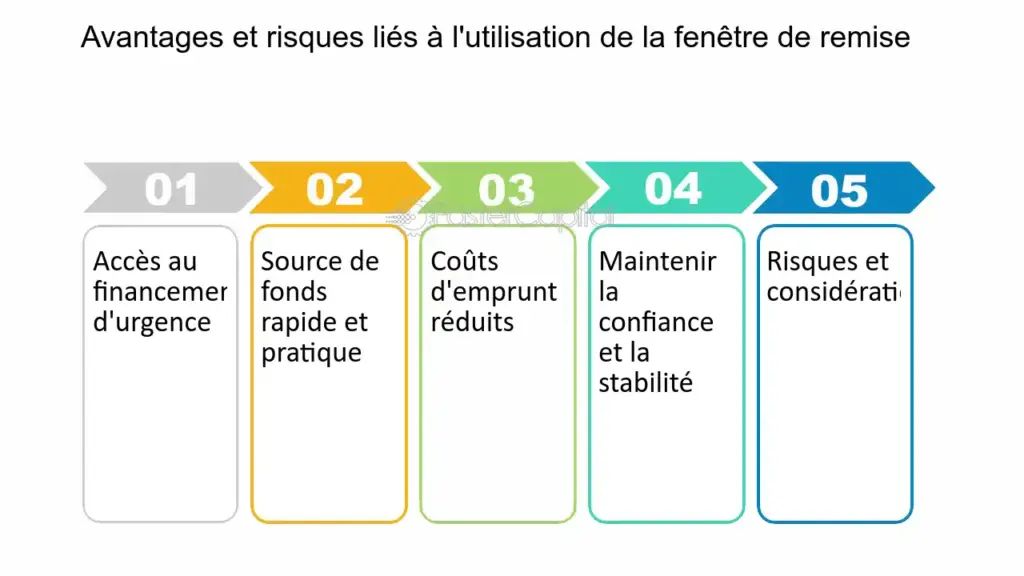Public offerings are a common way for companies to raise funds from the public. HoweverIt features both benefits and disadvantages. On the one hand, this gives us access to a larger number of potential investors and enables us to raise significant amounts of money. HoweverBut it also means high costs, strict regulatory constraints and dilution of ownership for existing shareholders.
How will the Plan d'Epargne Retraite work in 2022 (taxation, for which profile?) + OPINION
[arve url="https://www.youtube.com/embed/GkO9GT-R6p8″/]
Why go public?
A public offering is a process undertaken by a company or organization to raise funds from the general public. This can be done by issuing shares or bonds on the financial markets.
A public offering can be beneficial for several important reasons:
1. Capital raising : A public offering enables a company to raise substantial capital to finance its growth projects, expansion or investments. This can be particularly useful for young companies in need of funds to develop rapidly.
2. Shareholder diversification : By issuing shares to the public, the company can diversify its shareholder base. This can help reduce the risks associated with excessive concentration of ownership, and increase the transparency and accountability of the company's management.
3. Increased brand awareness : An IPO or bond issue can raise a company's profile, attracting the attention of the media and potential investors. This can help strengthen the company's reputation and give it additional credibility in the marketplace.
4. Easy access to future financing : A listed company often has easier access to future financing thanks to its presence on the financial markets. It can issue new shares or bonds if it needs additional capital, which can facilitate its ability to meet future financing needs.
It is important to note that going public can also present challenges and constraints for the company:
- The company will have to comply with stringent regulatory requirements, such as the disclosure of accurate and transparent financial information, and must meet the expectations of investors and regulators.
- An IPO or bond issue may result in a dilution of existing shareholders' interests, which may not be favorable to certain investors.
- The company will be under greater pressure to deliver solid financial performance in order to maintain investor confidence and its share price.
In conclusion, a public offering can be a strategic decision for a company, enabling it to raise funds, diversify its shareholder base, increase its visibility and gain easier access to future financing. However, it also entails significant regulatory obligations and constraints with which the company must comply.
In conclusion, going public has both advantages and disadvantages.
On the one handIt enables companies to access larger sources of financing and diversify their shareholder base. It can also enhance their credibility in the financial market and facilitate their growth. In addition, individual investors have the opportunity to participate in these public offerings and potentially benefit from high returns on their investments.
On the other handPublic offerings entail high costs in terms of regulatory compliance and shareholder communication. Companies are also subject to greater transparency and must provide detailed financial information, which can limit the confidentiality of their operations. What's more, going public can make companies more vulnerable to financial market pressures and share price fluctuations.
It is therefore important for companies to weigh up the pros and cons carefully before deciding to launch a public offering.








